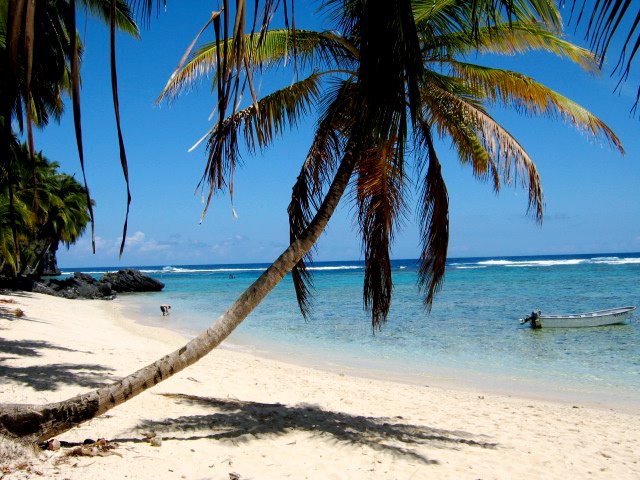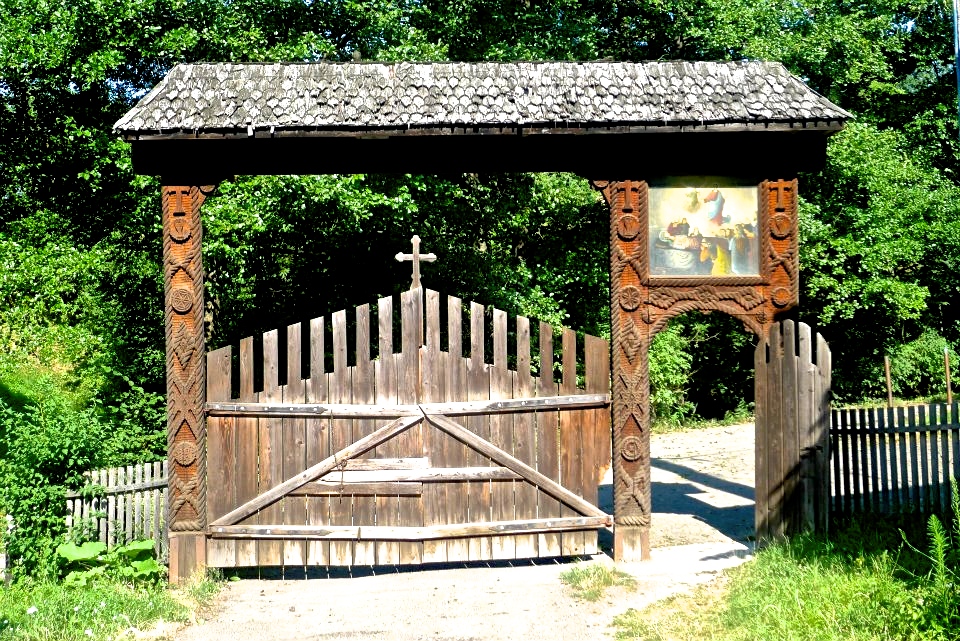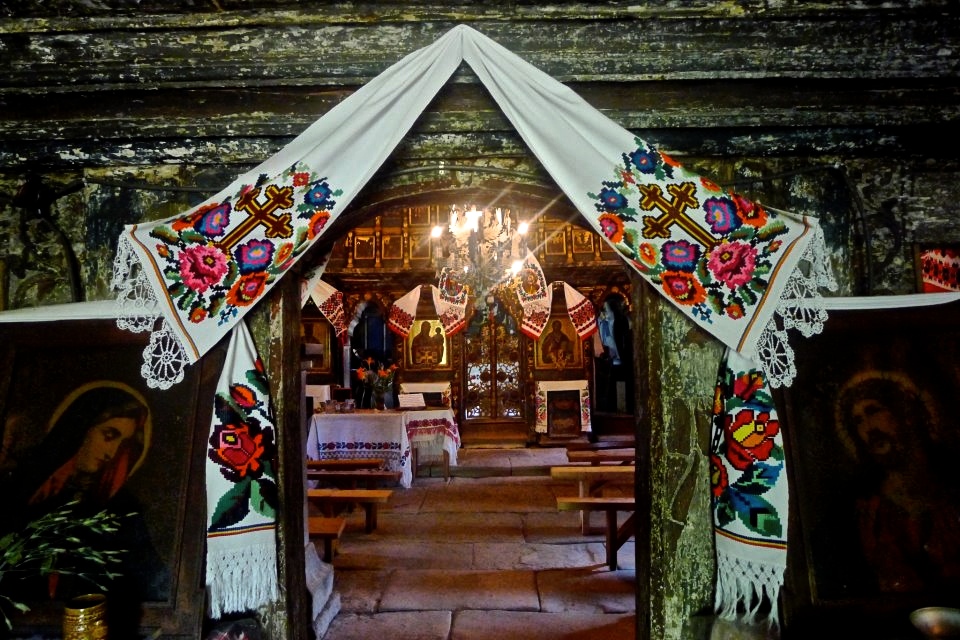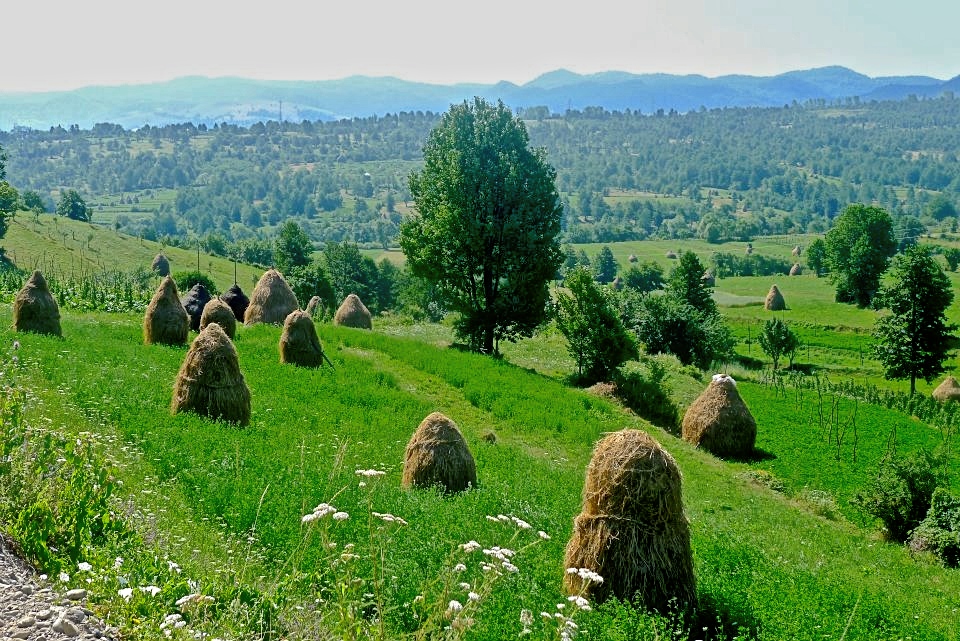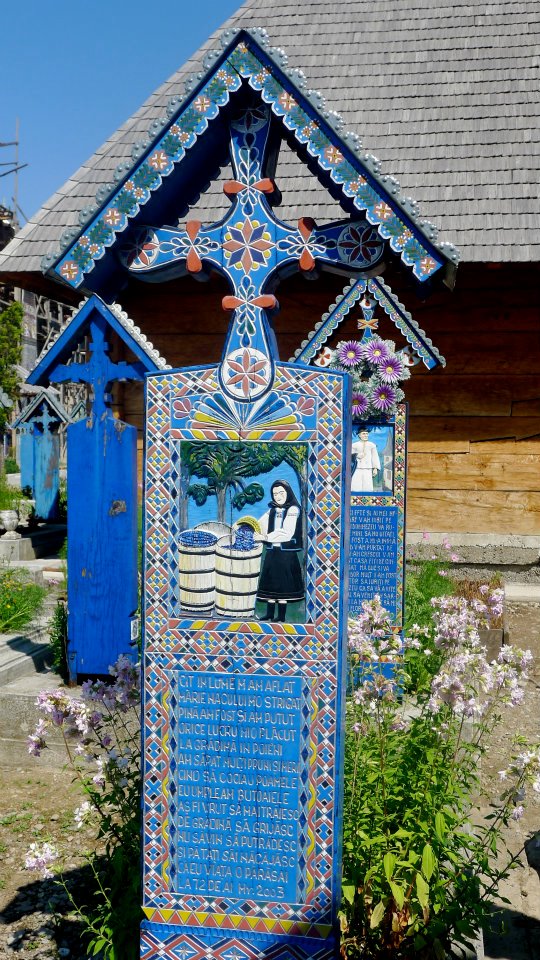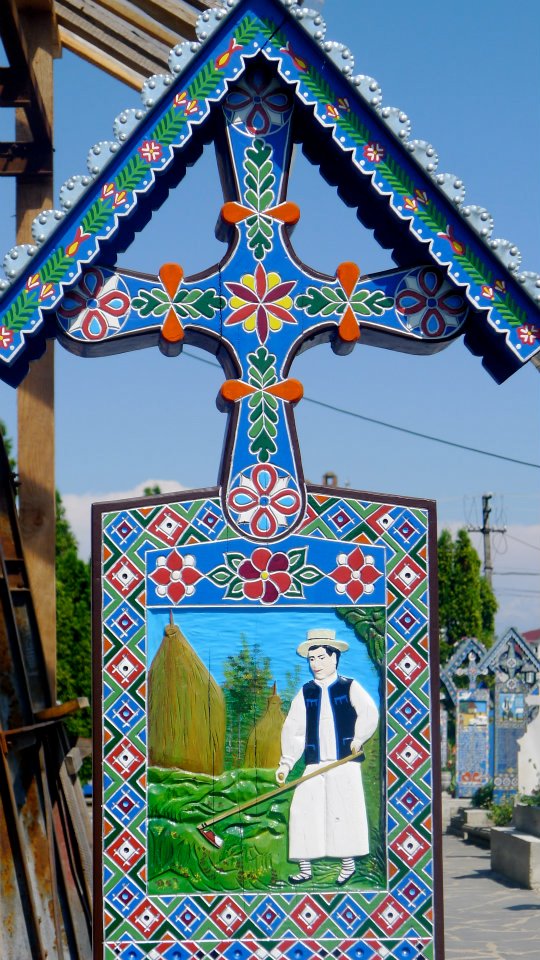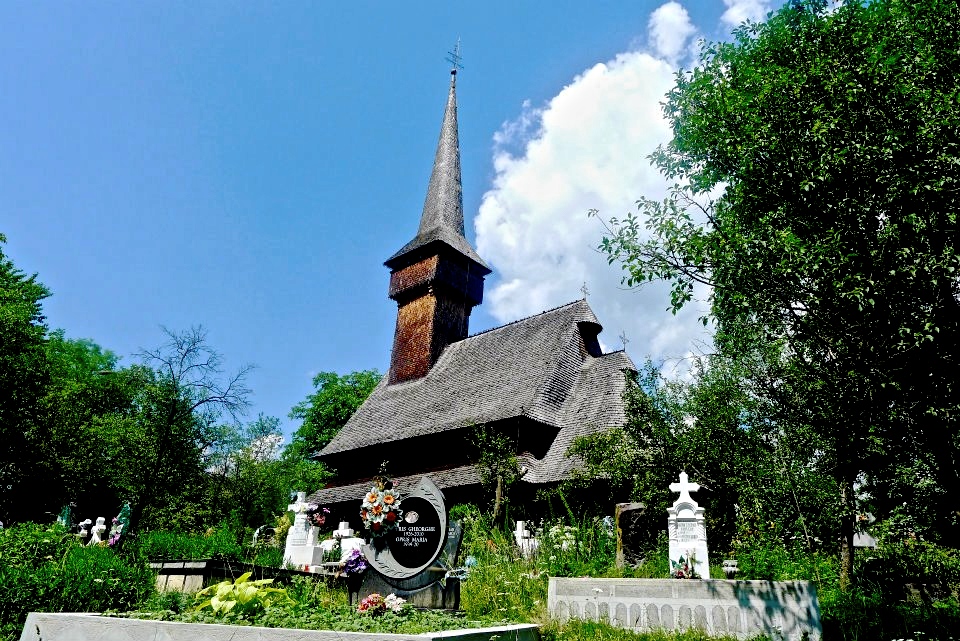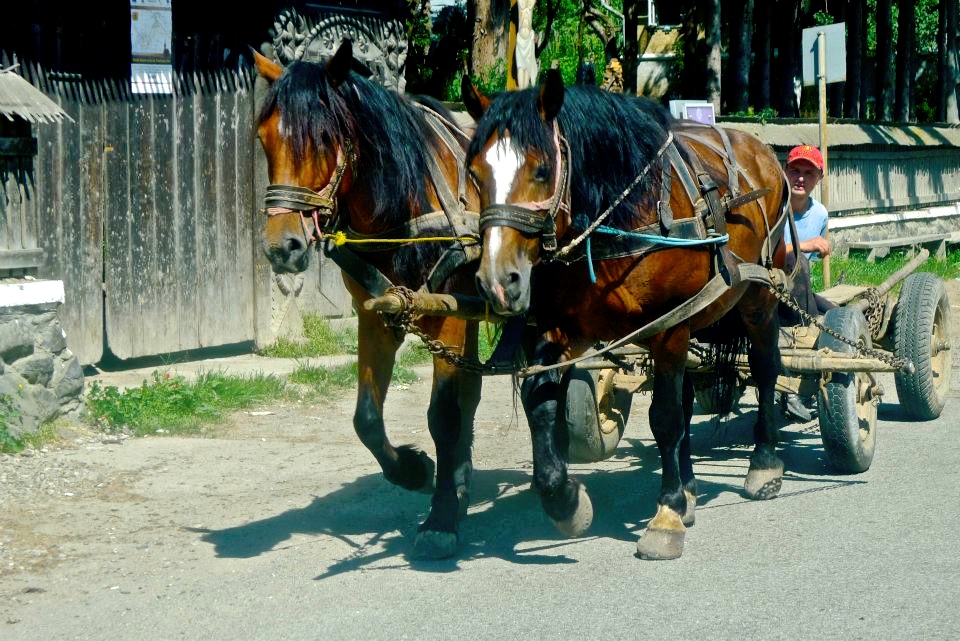
The Wooden Churches of Maramures
We began our journey in Romania by flying into the tiny Cluj-Napoca airport and venturing into Maramures–a region that has been culturally and geographically cut off from the rest of the country by the Carpathian Mountains. It has also, somewhat surprisingly, been left out of most tourist itineraries.
Undoubtedly, tourism in Maramures will pick up in the coming years, for the area has a wealth of cultural, natural and historical attractions. But for now, the area remains untouched and virtually unexplored.
Traveling in Maramures was like stepping back in time. In this small region, time seems to have stood still for centuries. The winding mountain roads pass through villages that hearken to a pre-industrialized world. Maramures is home to the last peasant culture in Europe and traditions have not vanished in the face of modernity.

Our purpose in traveling to northern Romania was to visit the wooden churches of Maramures that date back as early as the 1300s. Eight of the wooden churches are recognized as World Heritage Sites by UNESCO, but I believe the entire region deserves recognition, for it is unlike any place I have ever visited.
Our first stop in the loop of Maramures was Surdesti, a village that boasts the tallest wooden church in Europe. We arrived at Surdesti early in the morning and were immediately taken aback by the beauty of our surroundings. The church sits on a small hill, encircled by a beautiful cemetery in a wooded area. Its tall steeple rises up to the treetops and is so majestic that I felt an immediate sense of awe. We were lucky that our early arrival coincided with the priest’s morning prayers, for the door was unlocked and we ventured inside.
The interior of the church is completely covered in fading frescoes and woven tapestries. The entire time, I had difficulty comprehending how old everything was. The floors of the church creaked with each step and the wood had become worn in places. It was so much more welcoming than many of the austere stone churches that I have been accustomed to seeing during my travels.
The next church we visited was in the beautiful village of Budesti. Visiting Budesti was certainly one of the most surreal experiences in Maramures. Endless rows of wooden houses lined the streets, their entrances decorated with ornate wooden fences that were intricately carved by hand. Peasants worked the fields with scythes and pitchforks and horse-drawn wagons barreled down the gravel roads.
From Budesti, we ventured to the Ukrainian border to visit the Merry Cemetary of Sapanta. The Merry Cemetary was the creation of Stan Ioan Patras and, unlike other somber cemeteries that commemorate death, the Merry Cemetery is unique for its celebration of life. Every tomb was individually crafted by the artist to depict the accomplishments of the deceased.
We spent our second day in Maramures much like our first. From Sapanta, we ventured South to the churches of Desesti, Poienile Izei and Barsana. Each church is unique, though they are all characterized by their simple wooden exterior, ornate interior frescoes and beautiful cemeteries.
On our way to Poienile Izei, we came across a special surprise. We had made the wrong turn down a narrow road and found ourselves unknowingly in the town of Glod. Thinking that we were near the church of Poienile Izei with its famed frescoes of hell, we found the house of the priest and asked for the key to the church. Due to the fact that few tourists venture to this region of Romania, the churches are nearly always locked. To visit the inside, one must often search for the priest’s house and ask for the key.
By asking locals, we found the house we were looking for and the priest’s wife happily led us up the hill to a small wooden church. She opened the door and, to our surprise, the walls were completely white and the pews covered in woven blankets. It was nothing like the descriptions of Poienile Izei, but we enjoyed hearing her descriptions of the traditional, homey church nonetheless.
In the end, I’m not even sure if the church we visited was Poienile Izei, but our visit to the town of Glod and our interaction with the priest’s wife was the perfect finale to or stay in Maramures. For it encapsulated everything that is so special about the region-0-its authenticity, its traditional heritage and its opportunity for off-the-beaten-path adventure.
***
Note: Though I began my trip to Romania in Cluj, I realize that most travelers to Romania will likely fly into Bucharest. If you will be visiting the country’s capital city, I recommend you read Gemma’s article on things to do in Bucharest.
